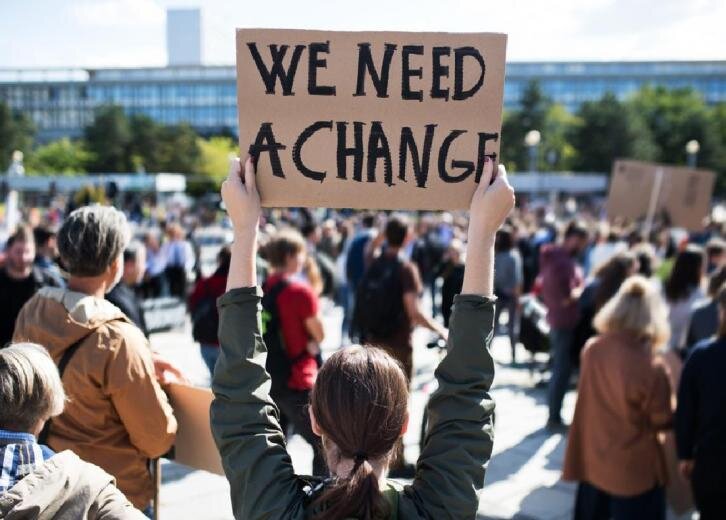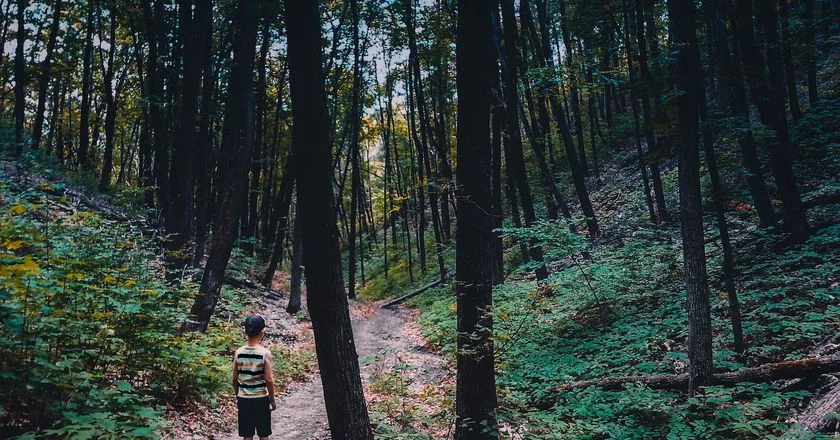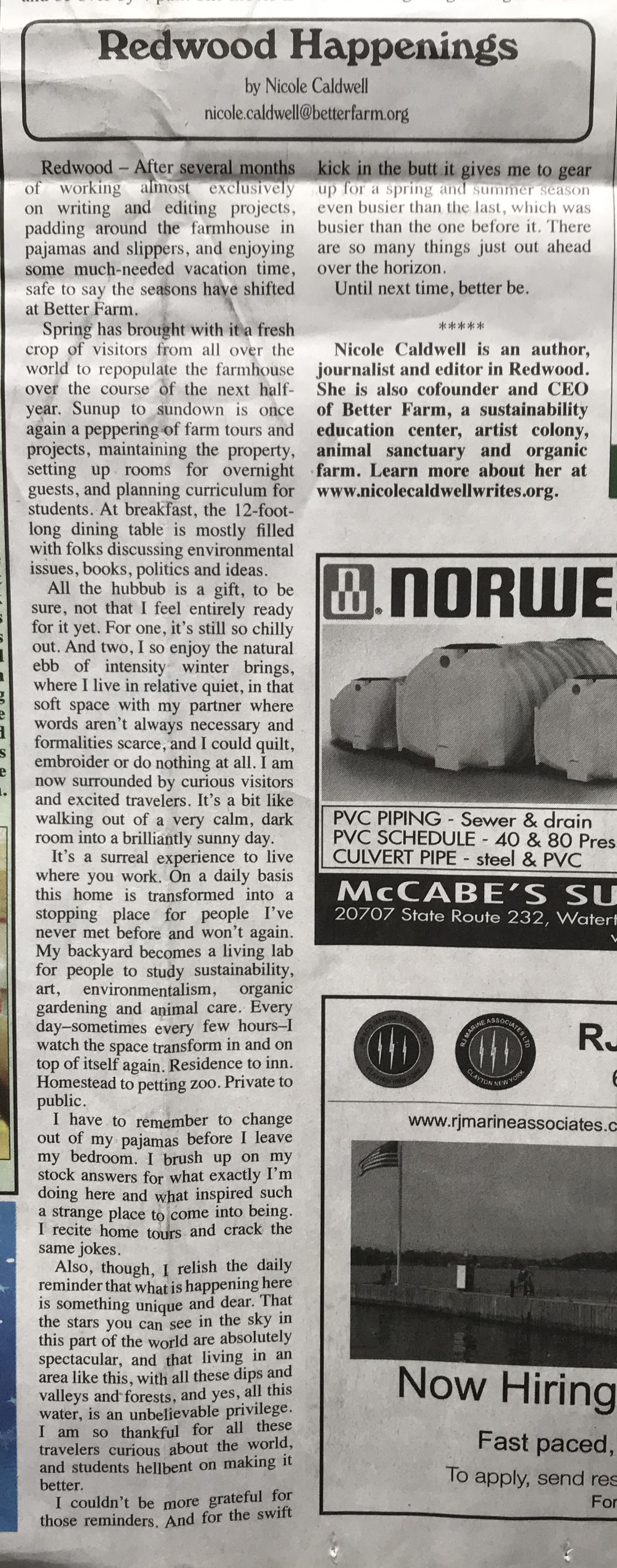By Nicole Caldwell for Stacker
Folk tales serve as a cultural binder of sorts, bringing people together with a fomented sense of shared identity. They’re also used as explainers, similarly to how mythology worked for ancient Greeks. American folk heroes are richly textured and many-layered: Contemporary characters like Paul Bunyan explained the creation of America’s rivers and lakes and served as inspiration for workers exposed to grueling conditions while carving a way West and extracting resources for trade or infrastructure. Other tales, like those of Sacagawea and Pocahontas, served as scapegoats for a version of American history that sidesteps the Native American genocide enacted by early colonists, Western explorers, and even the U.S. government.
For enslaved African Americans, folklore provided subjugated people with heroic tales of bravery, defiance, and escape from Br’er Rabbit to Stack-O-Lee. Native Americans had hundreds of stories rooted in folklore from the Sleeping Ute Mountain to Kokopelli. Many folk heroes such as Hugh Glass and Annie Oakley are based on actual people, while others are pure fiction such as the Maid of the Mist and Bud Billiken. These tall tales come in the form of nursery rhymes, children’s tales, mascots, and cautionary myths and speak to us of strength, perseverance, and the celebrated intrepidness of rugged American individualism.
As is the case with any hero, much of American folklore features flawed characters. Some would certainly be villains today, whether Billy the Kid for his unchecked aggression against officers of the law or Hannah Duston for her violent slaughter of Native Americans.
Stacker scoured American history and mythology from books, news accounts, history lessons, and journal articles to curate a diverse gallery of 25 American folk heroes and the stories behind them. Some are well-known characters like Johnny Appleseed and Molly Pitcher, and others are much more obscure.
See how many you already know, and read on to learn about all the rest.














